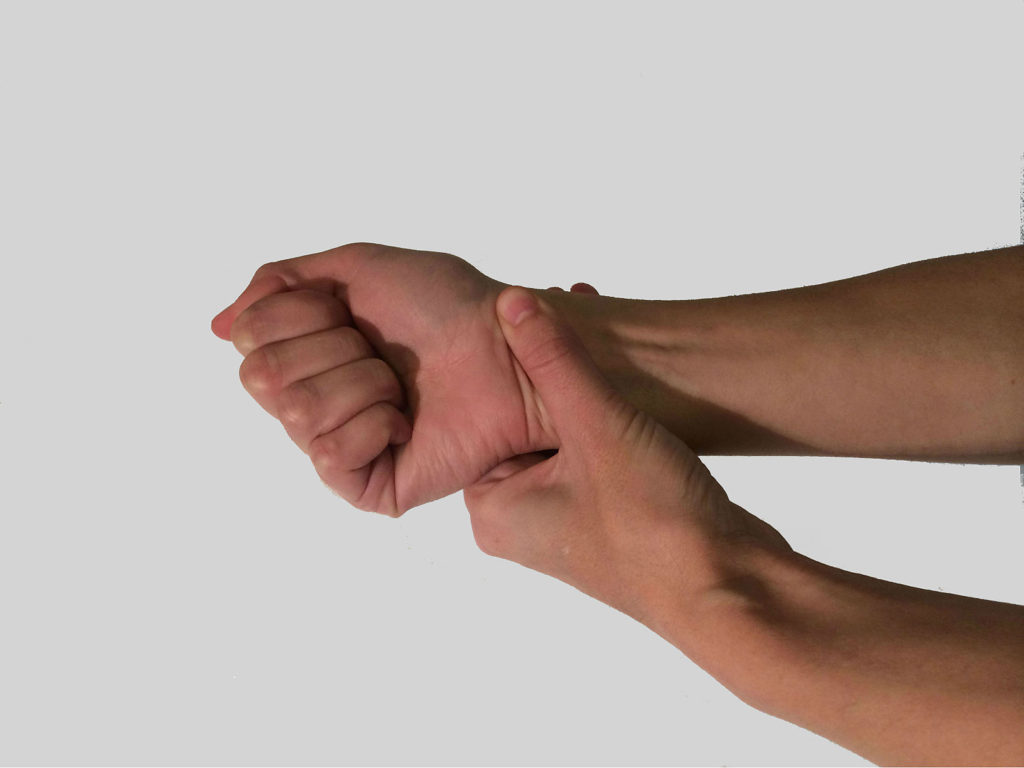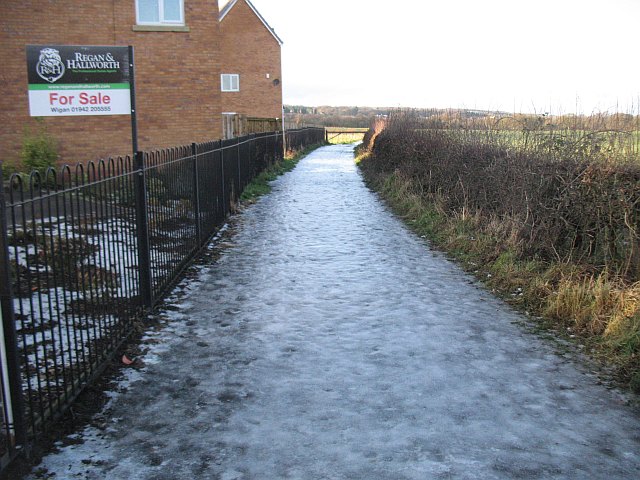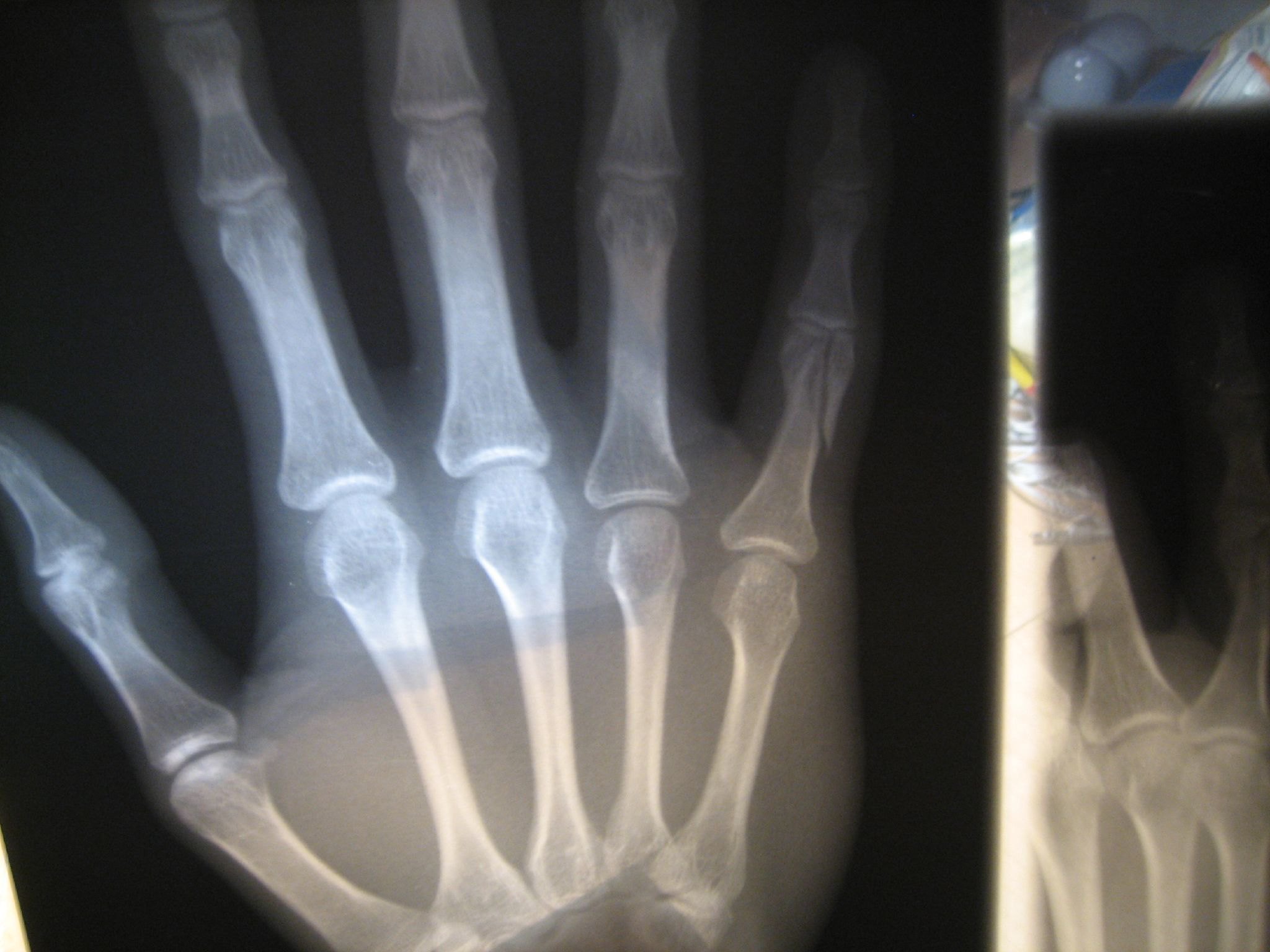Over 800,000 patients a year are hospitalized because of a fall injury. The chance and risk of having a slip and fall injury goes up during the winter months due to slippery and hazardous conditions created by snow and ice. This is especially so when people are walking more quickly than normal – such as when you are running errands on a limited amount of time at stores or supermarkets. The trade off at these businesses should be – you can keep your head up to focus on our stores and products while we will keep you safe from anything on the ground. Unfortunately, that is not always the case.
Table of Contents
Hand and Wrist Injuries Are Extremely Common on Snow and Ice
Sometimes when you fall you can land wildly on your arm, or attempt to brace yourself with it. This can result in injuries to your fingers, hands, wrist, arm, or shoulder. Depending on the severity of this injury, it can be a very debilitating one. It may prevent you from doing your job if it involves you to heavily use your hands and arms. This can include anything from manual labor to jobs that require constant typing. The injury will make it difficult or impossible to do daily two-handed tasks we all take for granted. This can be an even bigger problem if you live alone. You can also have permanent damage to your hand, arm or shoulder – whether it be less mobility for the rest of your life, or ongoing pain – if the fracture was bad enough or if there is some type of permanent nerve damage.

If you suffered an ankle fracture from a slip and fall on ice on someone’s property or business, can you recover for your injury? This will depend on the circumstances of your fall and who is at fault. First your attorney will have to determine what your legal status was while on the property. Meaning were you an invitee, licensee, or trespasser on the property? If you are a trespasser than it will be very difficult to recover. An invitee is a person invited onto someone’s property to engage in social activities, to do some type of job on the property, or to shop at a business. Invitees are owed the highest level of care, and if you have a slip and fall case for a fractured arm on ice, it is likely because you’re an invitee on the property. A licensee is between a trespasser and invitee – where your presence on the property is tolerated although you were not specifically invited onto it. In this scenario the landowner is usually only at fault if you had no reason to know of the defect that caused your fall, and the landowner knew of the defect. This can be difficult to show if the fall was from ice, although black ice can be hidden in plain sight and difficult to see.
When Are Business Owners Liable For Slip and Fall Injuries on Snow and Ice?
There are various ways a business owner could be liable for a slip and fall on snow and ice. If there was a recent snowstorm, then your case may be controlled by what is called the hills and ridges doctrine. Here you will have to show that the snow or ice that caused your fall had accumulated to ridges and elevations making the property dangerous to walk on; that the defendant was aware, or should have been aware, of this snow and ice; that the hills and ridges were not addressed for an unreasonable amount of time; and that the hills and ridges were the cause of your fall. This means it will be difficult to hold a property liable for your fall from ice and snow if your fall happened during or right after a snowstorm. Courts give property owners some time after a snow fall to address any dangerous conditions created by it. This principle can also apply if you have a slip and fall on ice after a snowstorm at someone’s personal property you were invited to, or at which you are doing some type of job.

However, your slip and fall on ice case many not be controlled by the hills and ridges doctrine if the slippery area was not formed by a natural snow fall. For example, if a store employee spilled liquid by the store’s entrance on a very cold day and ice formed, the hills and ridges doctrine will not apply. Or if ice is forming by a store’s entrance due to a defect with the roof or gutters, allowing snow and ice to drip of the roof and refreeze on the ground, than the hills and ridges doctrine will not apply. In scenarios where ice is forming because of the active negligence of the business, business employee, or homeowner, you will not have to prove notice. If ice is forming from a defect of the property, you may have to prove that the business or homeowner had notice of the defect. This notice can be actual notice of the defect – where the defect is seen but nothing is done to correct it. Or it can be constructive notice – where a reasonable person should have known about, or saw, the defect given the nature of the defect.
Photographs can be important in proving the nature and size of the ice that caused your fall, and potentially how it formed. There may be video of your fall if it was at a business. The business may also take photos of the fall area and write up an incident report about the fall and how it happened. If you were interviewed about the fall by an employee of the business, there will probably be an incident report. In litigation your attorney may also obtain documents about the ice and how it formed – for example work requests for a defect resulting in leaking water and ice formation.
Multiple Parties Can Be At Fault For Slip and Fall Injuries
If your slip and fall happened at a business, there may be multiple parties at fault. There is the most obvious party, business owner. However, a snow contractor may be the primary party at fault if the business owner hired the contractor to remove any snow and ice, and that contractor did not do their job properly. If the business is in a shopping center, the shopping center could have primary responsibility for any slip and falls on snow and ice outside of the business. An experienced attorney will be able to determine who is at fault through their own investigations and documents they obtain through litigation.
How do you prove your injuries?
Your attorney can do that by requesting your medical records and bills, and obtaining reports from your treating doctors, or other medical experts, about what injuries you suffered from your fall and the treatment necessary for those injuries. If you have lost wages your attorney will be able to prove them from showing time missed from work, W2s, and tax returns.
If you will have lost wages into the future your attorney may retain an expert to calculate those lost wages. A final way your attorney will show your injuries is through testimony of anyone close to you in your life who can talk about how your injuries affect you daily.
The Thistle Law Firm is experienced at handling claims involving arm and shoulder injuries from slip and falls on ice. If you suffered such an injury from a fall due to snow or ice, the attorneys at the Thistle Law Firm are here to take your call and answer your questions at 215-568-6800.

Dan Thistle grew up in Montgomery County, Pennsylvania and is a graduate of St. Joseph’s Preparatory School and the University of Pennsylvania. After graduating from Penn, Dan followed in his father’s footsteps and attended the Villanova University School of Law. In October, 2006, he was privileged to join him as a member of The Thistle Law Firm.

